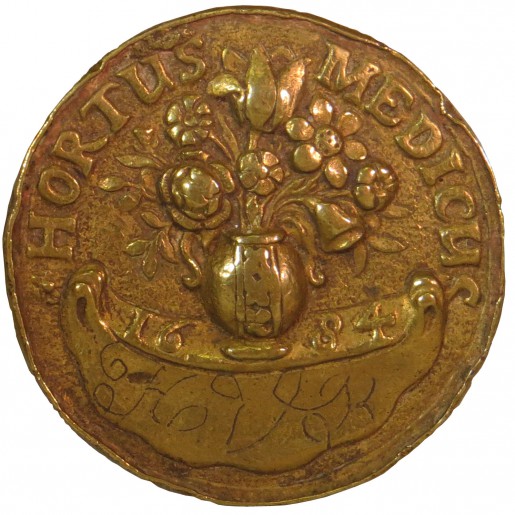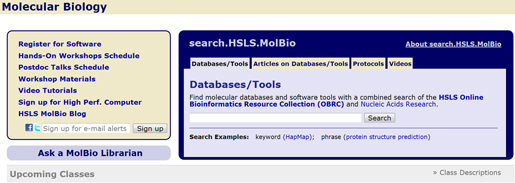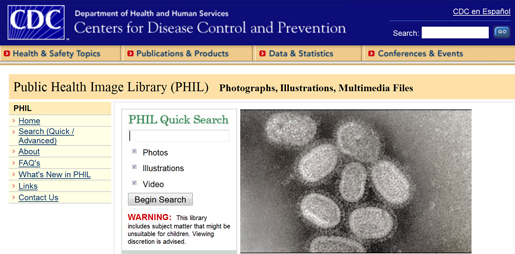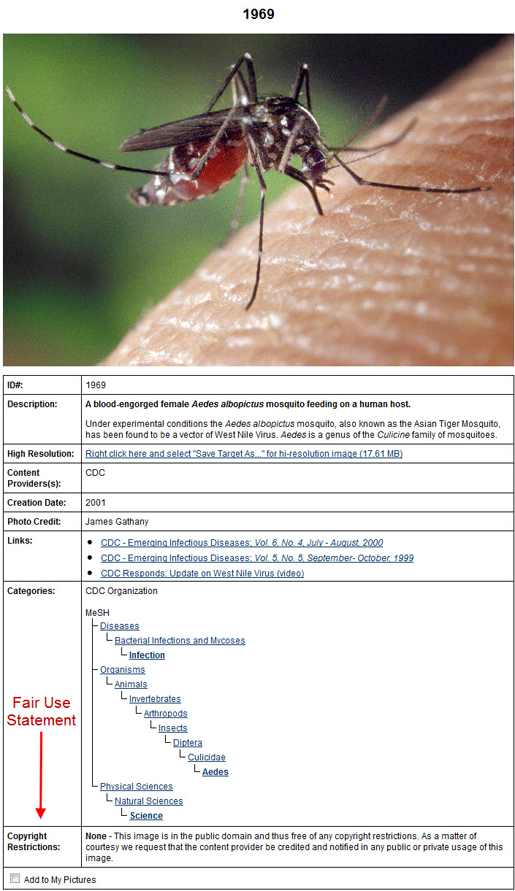If your research topic requires a literature search, statistics, reference books, or other major resources, the National Library of Medicine’s (NLM) “Subject Guides on Selected Topics” may be the right tool for you. This Web site provides practical, easy-to-use guides that are designed to help you locate information on health statistics, drug information, conference proceedings, and library statistics.
For example, the “Health Statistics and Numerical Data” guide includes major sources of health and general statistics in the U.S., as well as some international resources. The scope of each guide is listed on its home page, so there’s no guessing as to what type of information is included in the guide.
In this guide, you’ll find:
- PubMed medical subject headings (MeSH) that are useful in searching for statistics. MeSH include biostatistics, epidemiology, and vital statistics, among others.
- Organizations and agencies that compile statistics. Among the many resources listed is FEDSTATS. FEDSTATS is an online portal that provides access to all types of statistics from more than 100 agencies. Other organizations that provide access to statistical information include the National Center for Education Statistics and the U.S. Census Bureau.
- Organizations and resources that provide anthropometric and reference values.
- Resources that provide statistics on specific health conditions, health economics, health insurance, hospitals and health statistics, procedures, veterinary medicine, and more.
The resources listed are both online and in print.
For questions or additional help with your research needs, please feel free to contact your school’s liaison librarian, the Falk Library Main Desk at 412-648-8866, or Ask a Librarian.
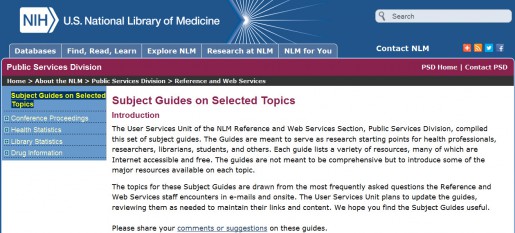
~Jill Foust

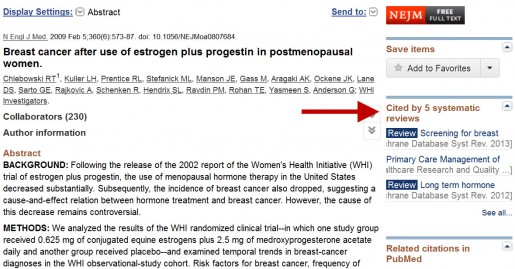
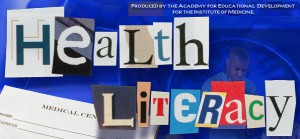 The National Network of Libraries of Medicine, whose regional medical library for the Middle Atlantic Region is located at the University of Pittsburgh’s Health Sciences Library System, offers an in-person class, “Health Literacy: Its Importance to You.” The class is appropriate for anyone who works with patients in the clinical setting or provides health information to consumers, including health care professionals, health information specialists, public librarians, and those in non-profit organizations who serve the public.
The National Network of Libraries of Medicine, whose regional medical library for the Middle Atlantic Region is located at the University of Pittsburgh’s Health Sciences Library System, offers an in-person class, “Health Literacy: Its Importance to You.” The class is appropriate for anyone who works with patients in the clinical setting or provides health information to consumers, including health care professionals, health information specialists, public librarians, and those in non-profit organizations who serve the public.